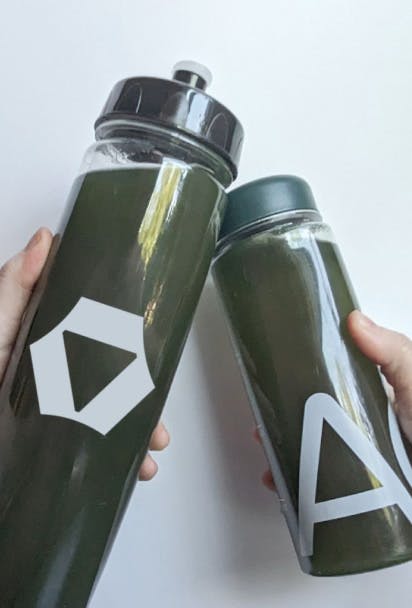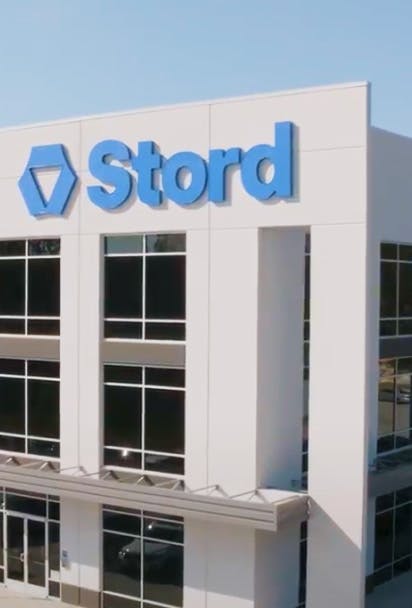Cart abandonment is a costly challenge for e-commerce businesses. It represents a substantial portion of potentially lost revenue. While it can’t be eliminated completely, its impact can be reduced by focusing on methods that help in boosting conversions.
Industry data found an average 70.19% cart abandonment rate1. One of the major reasons for cart abandonment is unexpected shipping fees, especially during checkout. Shipping costs, fees/taxes, and delivery concerns drive 50%-70% of cart abandonment2.
However, the problem is not just about cost. Shipping costs trigger a powerful psychological response. The "pain of paying" creates "sticker shock" when consumers, having already mentally budgeted for the product price, are confronted with additional costs. This is why a surprise shipping charge at the last step can be so lethal to conversions.
Free shipping is no longer a perk but an expectation. A 2023 report indicated that 62% of shoppers won't even consider a purchase without it3. Therefore, effectively implementing free shipping addresses this friction and can turn a cost into a powerful conversion tool. However, doing so while maintaining margins can be challenging for most e-commerce brands.
The Psychology of Free Shipping
The effectiveness of free shipping is deeply rooted in consumer psychology. Understanding these underlying drivers is important for creating effective free shipping strategies.
The "Zero Price Effect"
This psychological phenomenon explains why consumers tend to overvalue items perceived as "free," even if the actual monetary value is negligible. It creates an emotional pull that transcends rational cost-benefit analysis.
When something is free, it triggers a different decision-making process in the brain, often leading to impulsive behavior and a heightened sense of desirability. For example, an end consumer might be more inclined to add an extra item to their cart to reach a free shipping threshold simply because the "free" shipping feels like a better deal than paying a small shipping fee. In fact, research showed that roughly 80% of online shoppers are willing to meet a minimum purchase threshold to avoid shipping charges4.
This behavior presents a significant opportunity for increased earnings. Consider a scenario where your e-commerce store has 10,000 orders per month with a current Average Order Value (AOV) of $50. Then, you implement a free shipping threshold of $75 that successfully nudges about 20% of end consumers to add an extra $25 worth of products to their cart. That's an additional $600,000 in revenue per year. While the exact amount will vary based on factors like your product margins and customer base, this example illustrates the potential for increased sales and profitability. The increase could be even larger as the inclusion of a shipping threshold will likely influence consumers that would have paid for shipping to buy more and convince those that would have left entirely to stay and convert to earn the free shipping with a larger AOV.
Loss Aversion
This is the innate tendency to avoid losses more keenly than acquiring equivalent gains. In other words, the pain of losing something is felt more strongly than the pleasure of gaining something of the same value.
Shipping fees are often perceived as a "loss" at the checkout stage. End consumers have already mentally budgeted for the product price, and an unexpected shipping fee feels like money being taken away, creating a negative emotional response. This is a significant factor in cart abandonment, as studies indicate that high or unexpected shipping costs are a primary driver of shoppers abandoning their carts5.
Reduced Purchase Friction
Shipping costs can introduce complexity and uncertainty into the purchase process. End consumers have to calculate the total cost and compare shipping options, which can lead to decision fatigue. The added complexity of weighing price against delivery speed can overwhelm customers. This can increase hesitation and contribute to cart abandonment.
Free shipping simplifies the process by removing a significant barrier to purchase completion. It creates a smoother, more convenient experience, which can reduce the cognitive load on the customer and increase the likelihood of a sale. To further minimize friction, consider offering a clear and straightforward choice between a free standard option and a paid expedited option rather than presenting many confusing choices.
Increased Perceived Value
Free shipping can significantly increase the perceived value of an overall purchase. End consumers may feel like they are getting more for their money when shipping is included, even if the cost is factored into the product price. This can make products seem more attractive and justify slightly higher prices, as customers focus on the "free" shipping benefit.
Emotional Reward
Offering free shipping taps into positive emotions and creates a rewarding experience for end consumers. They may feel:
Satisfied and happy with their purchase.
Smart and savvy for getting a good deal.
Grateful to the seller for providing this benefit.
These positive emotions can lead to increased customer loyalty and repeat purchases because customers may associate your brand with a positive shopping experience.
Effective Implementation of Free Shipping Offer
A blanket “free shipping” approach across all orders is one option, but other strategies can be considered:
1. Threshold-Based Free Shipping
Set minimum order values that incentivize larger purchases and increase Average Order Value (AOV) while offsetting shipping costs. For example, your brand can promote “Free shipping on orders over $50.”
This strategy works by encouraging customers to add more items to their cart to qualify for the free shipping offer. Analyze your average order value and set a threshold slightly above it. If your current AOV is $40, a $50 free shipping threshold could effectively nudge customers to add an extra item.
This approach benefits you by increasing AOV and covering shipping costs on larger orders, but exercise caution to avoid setting the threshold so high that it discourages smaller purchases.
2. Limited-Time Promotions
Use free shipping as a promotional tool during peak seasons (e.g., holidays), for specific product launches, or during sales events. This can create urgency and drive immediate sales, as in saying "Free shipping on all orders this weekend only!" These promotions can be highly effective for generating a spike in short-term sales and attracting new customers, particularly when used strategically and sparingly.
However, it's crucial to acknowledge the potential drawbacks of this approach. Overuse can condition customers to expect free shipping continuously, which might negatively impact conversions when it's not available. This can also lead to customer annoyance, especially if they recently missed a free shipping window that creates a sense of unfairness. Therefore, managing customer expectations and providing clear communication about the limited-time nature of the offer is important to manage the risks.
3. Category-Specific Offers
Offer free shipping on high-margin or strategically important product categories to boost their sales and overall profitability. This is especially useful for promoting new products, clearing out older inventory, or encouraging the purchase of items with higher profit margins, as in “Free shipping on all moisturizers this month.” This approach increases sales of specific products and improves profitability, but clear communication about which categories qualify for free shipping is essential.
4. Loyalty Program or Membership Perks
Integrate free shipping into your loyalty program as a tiered reward for repeat customers to foster long-term engagement, increase customer lifetime value (CLTV), and reduce customer churn.
This strategy rewards customer loyalty and encourages repeat purchases, and you can offer different levels of free shipping. Consider these options:
Free Loyalty Program - Offer free standard shipping as a perk for members who join your loyalty program (often free to join). This incentivizes sign-ups and rewards repeat business.
Paid Membership Option - Introduce a premium tier with enhanced free shipping benefits (e.g., free expedited shipping, unlimited 2-day shipping) in exchange for a membership fee. This can generate recurring revenue and further incentivize frequent purchases.
Tiered Rewards - Combine both approaches by creating a tiered system where free shipping benefits increase with each level (e.g., "Silver members get free standard shipping, Gold members get free 2-day shipping").
While this approach can increase customer retention, boost CLTV, and reduce churn, careful design of your loyalty program (including any paid membership options) is necessary to guarantee profitability.
5. Free vs. Fast Shipping
Offer free and paid shipping options to cater to different customer needs. Provide a free, slower option (e.g., standard ground) to attract price-sensitive customers, alongside a paid, faster option (e.g., expedited or priority) for those prioritizing speed.
To optimize shipping costs and delivery times, consider partnering with a logistics provider and utilizing shipping software that offers intelligent parcel selection. These solutions analyze factors like zip-to-zip delivery data to automatically choose the most cost-effective shipping method that still meets the customer's delivery expectations. Clear communication of estimated delivery dates (EDD) allows customers to make informed decisions based on their needs and budget.
Drive Conversions with Free Shipping Offer
Free shipping, when strategically implemented and optimized, is a powerful tool for addressing cart abandonment and driving e-commerce growth. With cart abandonment rates often exceeding 70%, even a small reduction achieved through effective free shipping approaches can boost revenue.
For example, if your e-commerce business currently loses $10,000 monthly to cart abandonment, a 10% reduction through optimized free shipping recaptures $1,000 in sales. When you understand the psychological drivers and employ data-driven strategies, your brand can transform free shipping expectation from a cost center into a significant conversion and loyalty driver.









